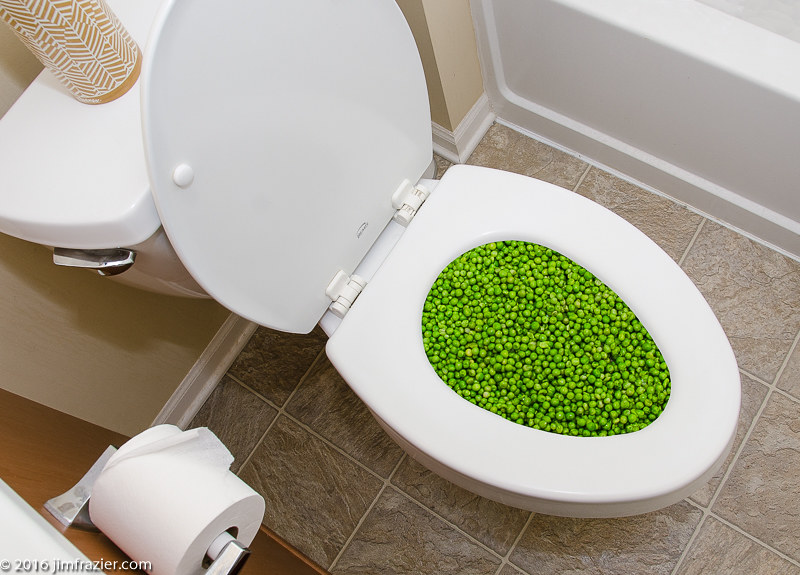Can You to Dispose of Food Waste in the Toilet?
Call TodayThe publisher is making several great pointers regarding Is it safe to flush food (especially rice) down the toilet? overall in this post down the page.

Intro
Many individuals are typically faced with the predicament of what to do with food waste, specifically when it comes to leftovers or scraps. One typical inquiry that emerges is whether it's fine to flush food down the toilet. In this article, we'll look into the reasons people could take into consideration flushing food, the effects of doing so, and alternate techniques for correct disposal.
Reasons individuals might take into consideration flushing food
Lack of recognition
Some people might not know the possible harm brought on by flushing food down the bathroom. They may wrongly think that it's a safe technique.
Ease
Purging food down the commode might feel like a fast and simple remedy to getting rid of unwanted scraps, especially when there's no nearby garbage can readily available.
Negligence
Sometimes, individuals may merely choose to flush food out of large laziness, without considering the repercussions of their activities.
Repercussions of flushing food down the commode
Environmental effect
Food waste that winds up in rivers can contribute to air pollution and damage aquatic ecological communities. Additionally, the water made use of to flush food can strain water sources.
Pipes problems
Flushing food can lead to blocked pipes and drains pipes, triggering costly plumbing repair work and hassles.
Sorts of food that must not be flushed
Coarse foods
Foods with fibrous appearances such as celery or corn husks can obtain tangled in pipelines and create blockages.
Starchy foods
Starchy foods like pasta and rice can take in water and swell, leading to obstructions in pipelines.
Oils and fats
Greasy foods like bacon or cooking oils must never ever be purged down the toilet as they can solidify and cause obstructions.
Correct disposal methods for food waste
Using a waste disposal unit
For homes equipped with garbage disposals, food scraps can be ground up and flushed with the plumbing system. Nevertheless, not all foods appropriate for disposal in this fashion.
Recycling
Particular food product packaging products can be recycled, decreasing waste and lessening environmental impact.
Composting
Composting is an environment-friendly method to dispose of food waste. Organic products can be composted and utilized to enrich soil for horticulture.
The value of appropriate waste administration
Decreasing ecological harm
Appropriate waste monitoring methods, such as composting and recycling, aid minimize contamination and maintain natural deposits for future generations.
Safeguarding plumbing systems
By preventing the method of flushing food down the bathroom, homeowners can stop costly plumbing repair work and preserve the honesty of their pipes systems.
Verdict
Finally, while it may be alluring to purge food down the bathroom for convenience, it is very important to comprehend the potential repercussions of this action. By taking on appropriate waste management methods and taking care of food waste properly, people can contribute to much healthier plumbing systems and a cleaner environment for all.
FLUSH FOOD DOWN THE TOILET?
FLUSHING FOOD CAN CAUSE BLOCKED DRAINS IN YOUR HOME
All of the plumbing fixtures in your home are connected to the same sewer pipe outside of your home. This outdoor sewer pipe is responsible for transporting all the wastewater from your home to the Council sewer mains. Even small pieces of food that go down the kitchen sink can cause problems for your sewer. It should therefore be obvious that flushing larger bits of food, such as meat, risks a clog in either the toilet itself or the sewer pipes. Flushing greasy food is even more problematic because oil coagulates when it cools, coating the interior lining of your pipes.
THE TOILET IS NOT A BIN
Food isn’t the only thing that people shouldn’t be flushing down the toilet. People use the toilet to dispose of all kinds of things such as tampons, makeup wipes, dental floss, kitty litter and even underwear. Water goes to great lengths to educate residents about the high costs and stress placed on wastewater treatment systems simply from people flushing the wrong stuff down the toilet. It costs taxpayers millions of dollars each year, and homeowners thousands in blocked drain repairs.
FLUSHING FOOD IS A WASTE OF WATER
Flushing food is a waste of our most precious resource - water. In June this year Level 1 water restrictions were introduced to protect water supply from drought conditions. Much of New South Wales continues to be affected by prolonged drought with recent figures revealing up to 97 per cent of the state remains in drought. Depending on whether you have a single or dual flush toilet, every single flush uses between five and 11 litres of water. In the current climate this is a huge amount of water to be wasting on flushing food that should be placed in the bin (or better yet, the compost).
https://www.jabplumbingsolutions.com.au/blog/can-you-flush-food-down-the-toilet

I'm just very interested by What Can Happen If You Flush Food Down the Toilet? and I hope you enjoyed the entire entry. Sharing is good. Helping people is fun. Thank you so much for taking the time to read it.
View Website